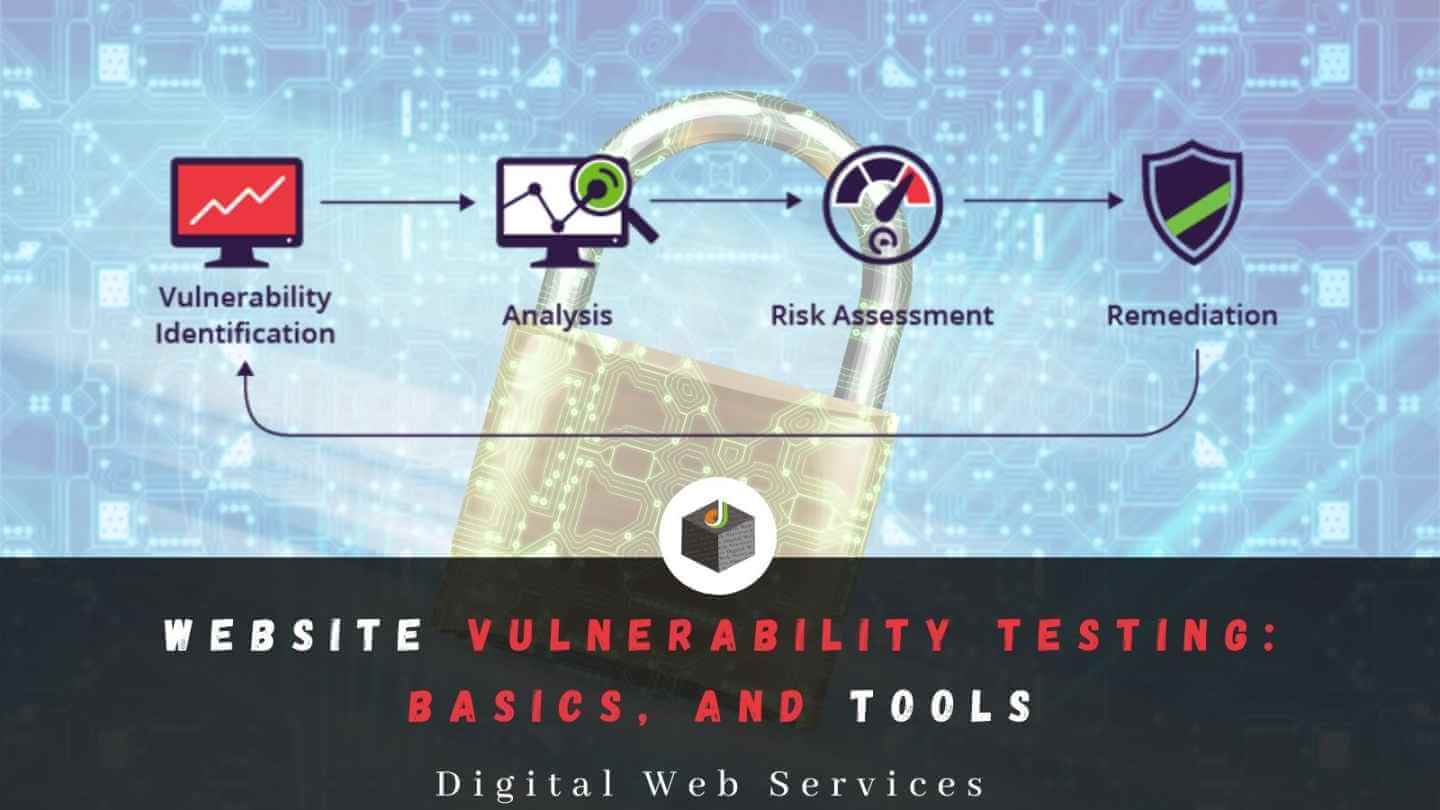
Whether you’re a business owner or someone who just likes to browse the internet, it’s important that you know how vulnerable your website is. Website vulnerabilities can come from many sources and be as small as a single character in code or as large as an entire security hole. In this article, we’ll go over what website vulnerability means for those of us on the internet and provide some helpful tips on how to fix any potential problems along with listing out the tools that can help you assess any vulnerabilities within your website!
What Is Website Vulnerability?
Website vulnerability is any possible point of weakness or attack vector against a website. This can come in the form of cross-site scripting, SQL injections, etc. Website vulnerabilities are not always easy to spot but if left alone for long enough they could lead to bigger problems down the road!
What Is Website Vulnerability Testing?
When we talk about testing your website’s security and finding out what potential vulnerabilities it may have there are two different types: automated and manual testing. Automated tests check websites based on pre-programmed rules while manual tests involve actual people checking out each individual part of your site manually for points where hackers would be able to gain access into their system through an exploit such as using brute force techniques like password guessing.
What Are Website Vulnerability Testing Tools?
In order for us regular folks without too much technical knowledge on our side, we need tools that are designed with both advanced users and everyday people like ourselves in mind.
The very first tool we’d like to talk about is Astra Security. Astra Security for website vulnerability testing is an easy-to-use automated testing tool that can be used by both technical persons and non-technical people alike. It scans your website in real-time, giving you a clear picture of where the vulnerabilities are located so that you can then go about fixing them yourself or allow them to come up with fixes within minutes instead of days which means reduced costs and faster results, crucial for businesses who need their site up and running at full capacity as soon as possible.
The second tool is known as Acunetix which is an automated website vulnerability scanner. It can scan your site for a variety of issues including SQL injections, cross-site scripting, and more! Acunetix also offers a free trial so that you can test it out before making a purchase decision.
The next tool on our list is known as Web Inspector and is made by the folks over at Apple Inc. This tool is designed to help developers find and fix WebKit vulnerabilities within their websites. While it’s not as comprehensive as some of the other tools on this list it does come with a few unique features like being able to debug JavaScript code on the fly!
Last but certainly not least we have OWASP Attack Proxy (ZAP)! ZAP is a web application security scanner that can help you find vulnerabilities within your website’s code so that they can be fixed easily and quickly. It also has an interactive console that allows the user to test requests on their site without having to actually launch any attacks or exploit anything! By using this tool you’re effectively cutting out multiple steps of trying to understand how something works before utilizing it for good rather than evil purposes.
The Advantages and Disadvantages of Website Vulnerability Testing
The Advantages
There are many advantages to finding and fixing website vulnerabilities. The first and most important is that it helps keep your site safe from harm. Hackers are always looking for new ways to exploit websites so by patching up any holes that they may find you’re essentially making your site immune to their attacks. Additionally, having a more secure website can give visitors peace of mind when browsing or doing business with you as they know that their information is being safeguarded properly.
The Disadvantages
On the other hand, there are some disadvantages to website vulnerability testing and repair as well. One such disadvantage is the fact that it can be time-consuming and costly if not done properly. Most automated tools can help you find a lot of vulnerabilities but they’re not always able to provide the best kinds of fixes which means that manual testing and vetting are going to be required. This takes time and money as it’s up to your team or an outside developer who may have had little experience with website security in general. In addition, some smaller businesses might feel intimidated by trying to fix their site themselves as it requires a high level of technical expertise which most business owners don’t necessarily have at their fingertips!
The Learning Curve for Website Vulnerability Testing Tools
Website vulnerability tools come in many different shapes and sizes but they aren’t all created equal! Some require far less expertise than others to use effectively when it comes down to repairing any issues found on your site, while some other options might not provide enough information without diving into their more advanced settings – ultimately leaving the user feeling confused as to what course of action needs to be taken next.
Conclusion
The article has highlighted what website vulnerability and the testing for its vulnerability means. It also lists some of the tools available for it to make your site less vulnerable. We hope that this article would be beneficial to webmasters who want their sites to be more secure and safe from any cyber attack.
Digital Web Services (DWS) is a leading IT company specializing in Software Development, Web Application Development, Website Designing, and Digital Marketing. Here are providing all kinds of services and solutions for the digital transformation of any business and website.










